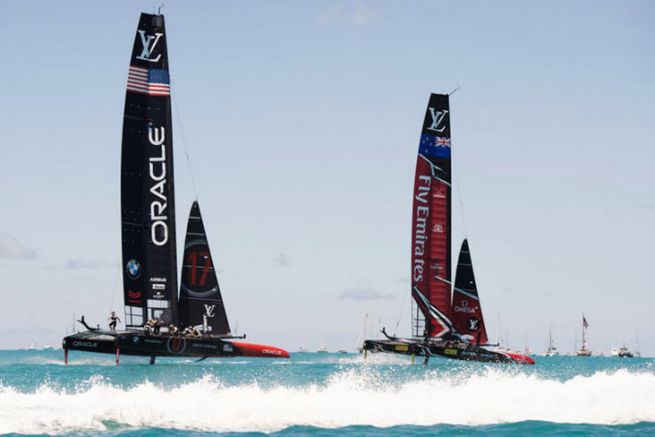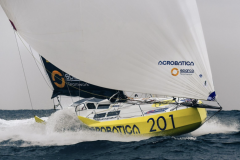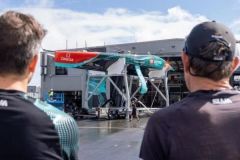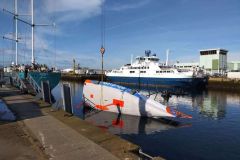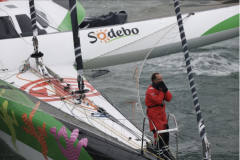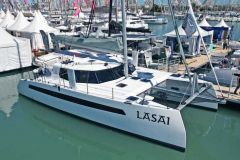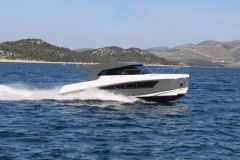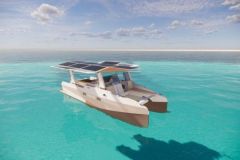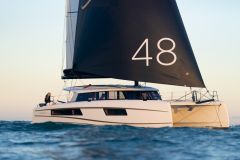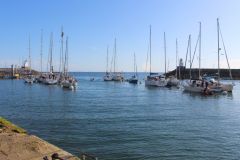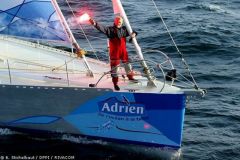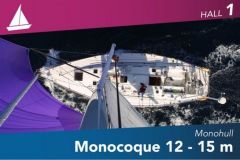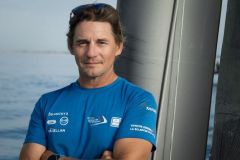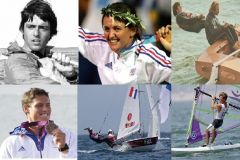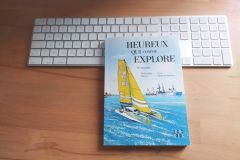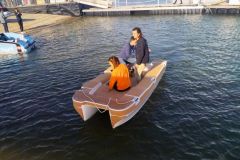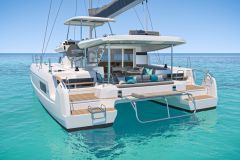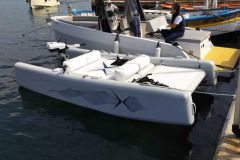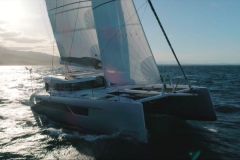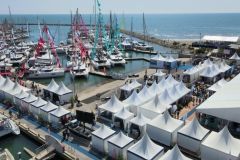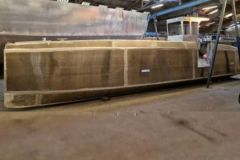In January 2017, the Americans of Oracle had proposed to the participants an agreement for the cup to be organized every 2 years (the next one in 2019), always in Bermuda and on the same catamarans: the AC50.
This allowed the teams involved to have a future vision on the future of the cup and to perpetuate the technological investments. If the majority of the unions agreed and signed this charter, only one refused to sign. And it is precisely the one who won the cup this year: Team New Zeland!
Everything questioned
No doubt that the cup will once again be contested in the antipodes, but what about the support? The day after the victory, some actors of the cup intervened to return to a cup closer to sailing.
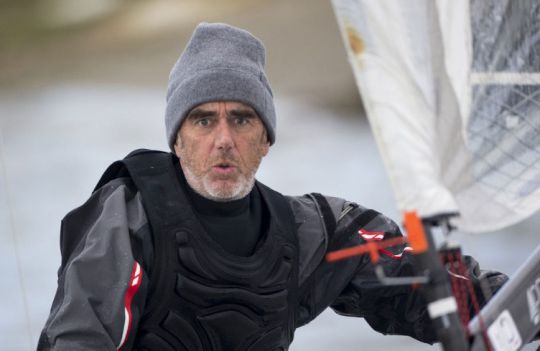
Loïck Peyron: "We have 4 hamsters, 1 pilot and a wing trimmer"
Loïc Peyron, however committed to the Artemis team expresses on his blog that it is a pity " that a ship that goes fast doesn't need sails, and therefore doesn't need sailors either." In addition, the energy demand of these AC50s is such that "on the AC50s that have been racing in Bermuda for the past month, we have 4 hamsters, 1 pilot and a wing trimmer responsible for the "throttle "euros The sequence of tacks or gybes being limited by the amount of oil under pressure, the helmsman can only initiate a maneuver if the lights are "green" or when the hamsters are all red, which amounts to almost the same thing! "
Without criticizing the technological progress of flying boats, Loïc Peyron dreams of returning to an America's Cup in a monohull: " A monohull of the future, ultra light and unstable enough to have only the best (young) helmsmen from the Olympic programs, safe enough to continue to see proud and happy owners taking the helm occasionally, fast enough to shake up more than one, big enough to revive the elegance of yesterday, daredevil enough to attract the passing barge, athletic enough to embark only the best, and finally just slow enough to still see a good fifteen sailors with real "strings" in their hands and real sails in their eyes euros. "
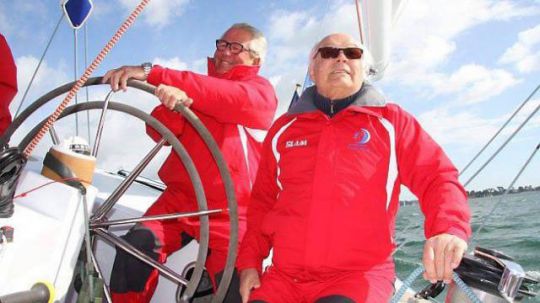
Bruno Troublé : " It has no elegance "
In the same logic, in an interview with sport24, Bruno Troublé, who was at the helm of Baron Bich's boats, notably France III in 1980, thinks the same thing: " We have to go back to the roots of the Coupeeuros With their suits, helmets and oxygen tanks, the sailors look like Robocop. There is no elegance to it. This is a problem for the luxury brands, the usual sponsors of the Cup. "And he also thinks about the monohull: " Monohulls have also made enormous progress! If we put as much energy into designing modern, fast monohulls as we do into these flying catamarans, we can do extraordinary things. There are also foils on the monos. Obviously, we won't be doing 40 knots like on the AC50s, but we won't be dragging ourselves along either. "
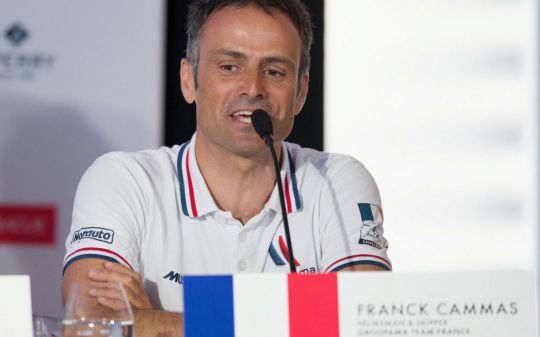
Franck Cammas: "I hope we don't go backwards"
Only Franck Cammas, who was quickly eliminated from the competition with Groupama Team France, thinks that the competition should be left in the same format: "The he New Zealanders did not sign the agreement in January that we, the other challengers and the Defender agreed to. We had agreed on a cup in 2019 that would be raced on the same type of boat. Today, they have all the cards in hand. We are subject to expectation. They are going to be in negotiations with the Challenger of record, Luna Rossa, to define a type of boat and a race format. I hope we don't go against the grain of history and go backwards after sailing such exceptional boats as our current AC Class boats. I hope for general intelligence from the kiwis and those in control! "
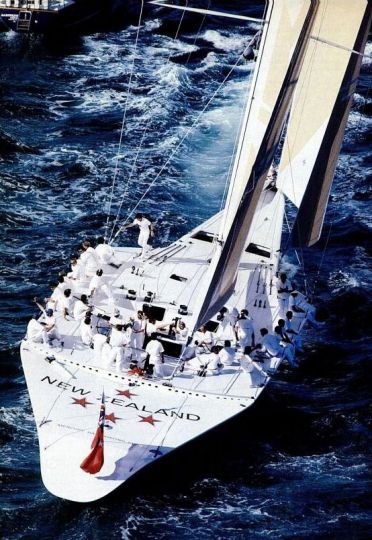
In 1988, the neozed had already launched a challenge on an extreme monohull...
So what about the next cup? Hanging on the choices of Team New Zeland, we can only wait, but it is true that the complexity of these machines limits the understanding of the regatta. Why doesn't the helmsman turn to mark his opponent? Hydraulic capacity problem? Technical problem? Lack of lucidity? This cup leaves us with a bitter taste
And you, did you enjoy watching the AC50s sail? Would you like to see the cup return to a more "sailing" format?
